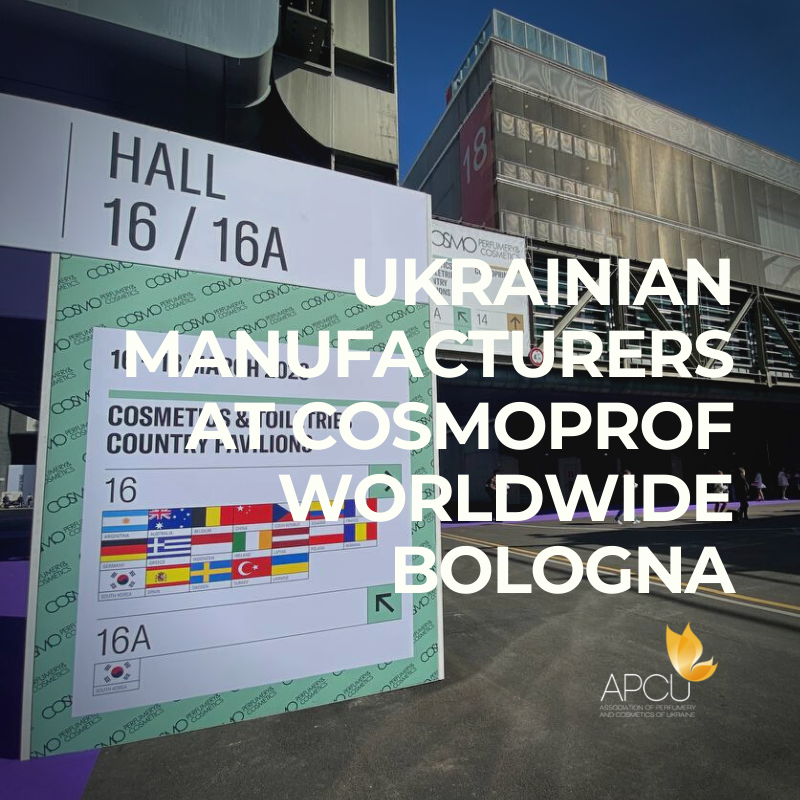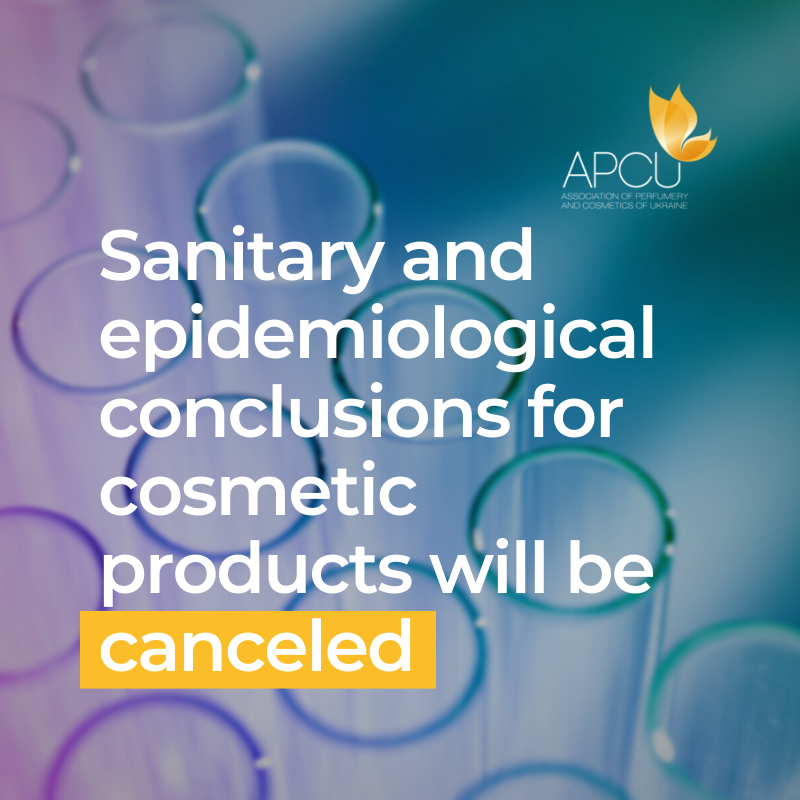Updated list of prohibited substances in the EU
On March 1, 2022, the updated list of prohibited CMR substances will come into force for all cosmetic products on the market – imported or produced in the EU.
On November 3, 2021, the European Commission published Omnibus Act IV, also known as EU Regulation 2021/1902, which aimed to include in Annex II to EU Regulation 1223/2009 those substances that were classified as CMR (carcinogenic, mutagenic or toxic for reproduction systems chemical substances) in the latest amendment to the CLP Regulation dated May 19, 2020.
To the list of prohibited substances were added 23 CMR substances in accordance with Article 15 of EU Regulation 1223/2009 due to their “long-term and serious effects on human health”
Why is this important?
The list of CMR substances will be supplemented by 23 substances, but cosmetic market is most concerned about the ban of lilial and zinc pyrithione.
- Lilial (Annex II, prohibited substances No. 1666), other names: Butylphenyl Methylpropional, p-BMHCA, 2-(4-tert-butylbenzyl) propionaldehyde or Lily Aldehyde is one of the most popular and widely used aromatic substances used in cosmetics (as a component of a perfume composition). In the EU, lilial belongs to the list of 26 aromatic allergens that must be indicated on the label cosmetic product if their content exceeds 0.01% in leave-on products and more than 0.1% in rinse-off products.
- Zinc pyrithione (Annex II, prohibited substances #1670) is also a very popular ingredient that was most often used in anti-dandruff hair shampoos. Before the ban in the EU, it referred to preservatives (Annex V of Regulation 1223/2009), which are allowed in hair rinse-off products in a concentration of no more than 1% and in a concentration of up to 0.5% in other rinse-off products that are not oral hygiene products. In addition to preservatives, it was also allowed in a maximum concentration of 0.1% in the list of substances with restricted use (Annex III of Regulation 1223/2009).
Will these components be banned in Ukraine?
It is assumed that with the implement of the Technical Regulation on cosmetic products, there will be a transition period for updating the lists of prohibited substances (preliminarily – 6 months), after which products with lilial, zinc pyrithione and other substances that will be banned in the EU from March 1 must be prohibited and withdrawn from the Ukrainian cosmetic market as well.
What should manufacturers do?
Manufacturers need to analyze their formulations for the presence of prohibited ingredients and, if necessary, replace them with alternatives. You can consult with raw material suppliers on this issue.
What should retailers (distributors) do?
Distributors must ensure safety for consumers and prevent the sale of cosmetic products with prohibited substances on the market.


